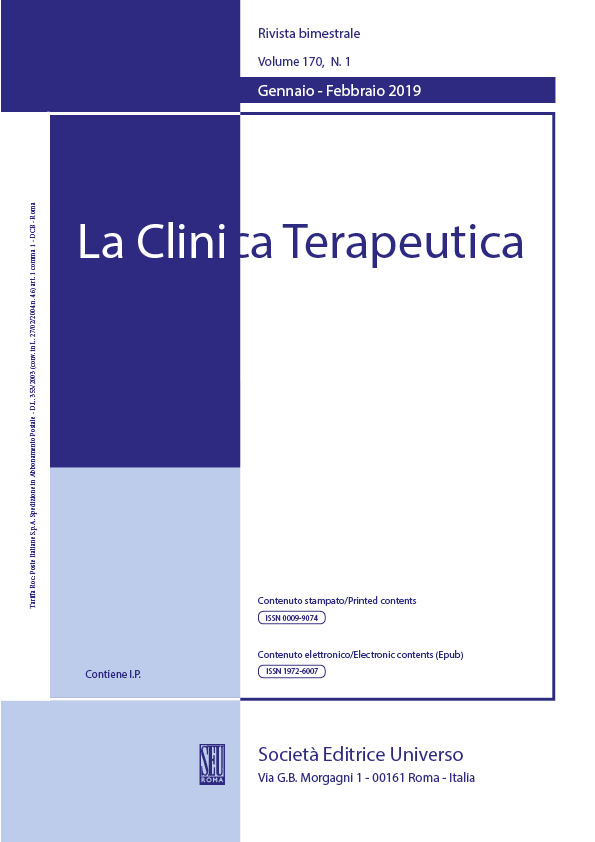Abstract
Clostridium difficile causes antibiotic-associated diarrhoea and pseudomembranous colitis. The main virulence factors of C. difficile are the toxins A (TcdA) and B (TcdB). A third toxin, binary toxin (CDT), which pathogenetic role had been remained largely overlooked until few years ago, nowadays have been detected in 5%-23% of strains. C. difficile has spread around world. Clostridium difficile infection (CDI) is one of the most common health-care associated infections and a significant cause of morbidity and mortality among older adult hospitalized patients. Diagnosis of CDI is often difficult and has a substantial impact on the management of patients with disease. It is usually based on a clinical history of recent antimicrobial usage and diarrhoea in combination with laboratory tests. Although the conventional methods are crucial for the diagnosis and the subsequent treatment of CDI, a timely laboratory diagnosis is essential for the detection of toxigenic strains providing either to an effective and immediately treatment or to the prevention of further disease transmission. In this review we provide general recommendations for testing of samples collected from patients with suspected CDI.
